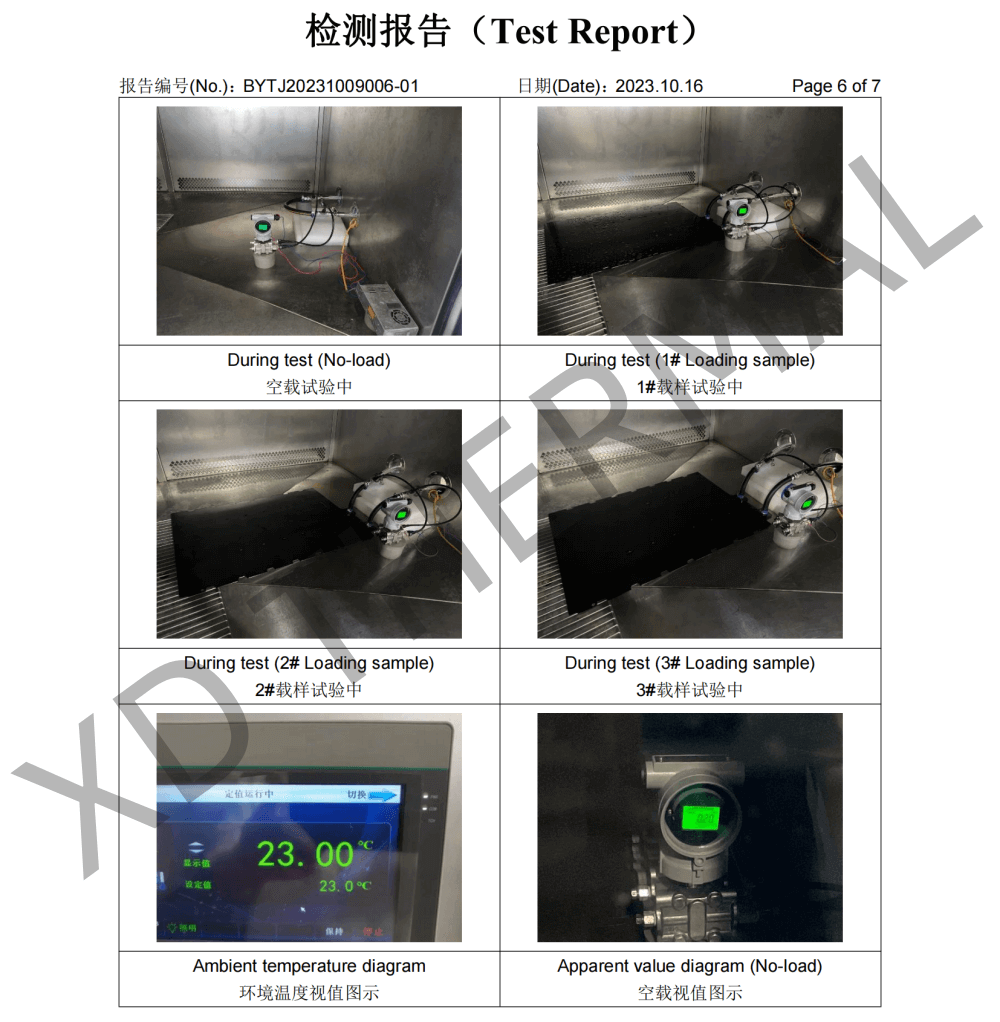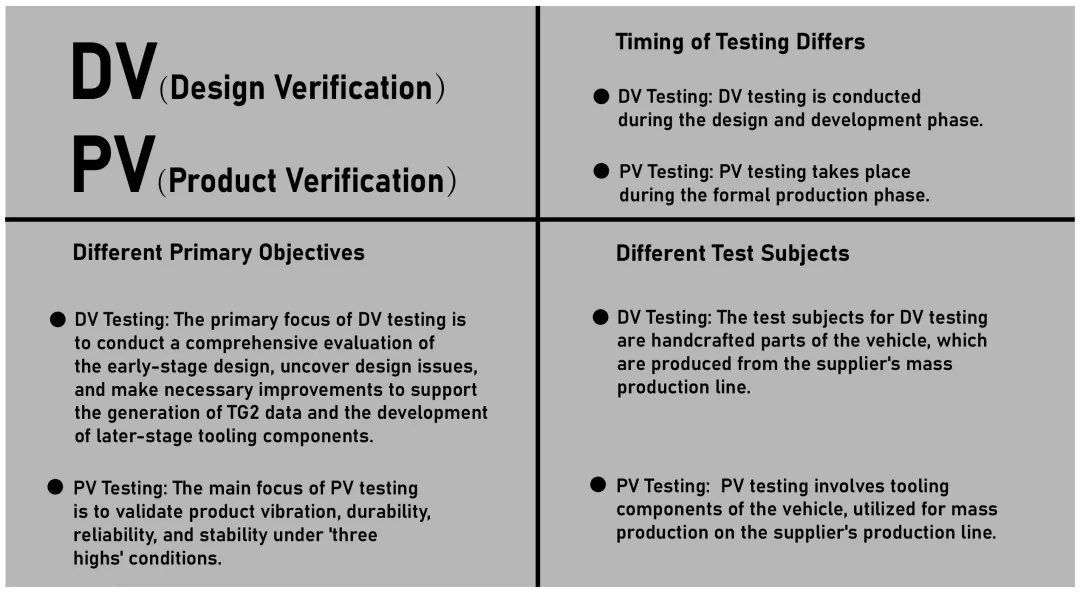
As a crucial component for thermal management in battery system, the water-cooling plate profoundly influences the safety and lifespan of the battery system.
Therefore, prior to leaving the factory, the supplier XDthermal conducts comprehensive product testing, including voltage resistance, airtightness, and burst tests, among others, ensuring the quality and performance of the product.
Moreover, for water-cooling plates operating in specialized conditions, XDthermal also supports more extensive DV tests upon customer request, including but not limited to the air tightness test.👇👇👇
Air tightness test
Static pressure test
Burst test
High temperature resistance test
Low temperature resistance test
High and low temperature cycle
High and low pressure cycle
Internal corrosion test
External corrosion test


